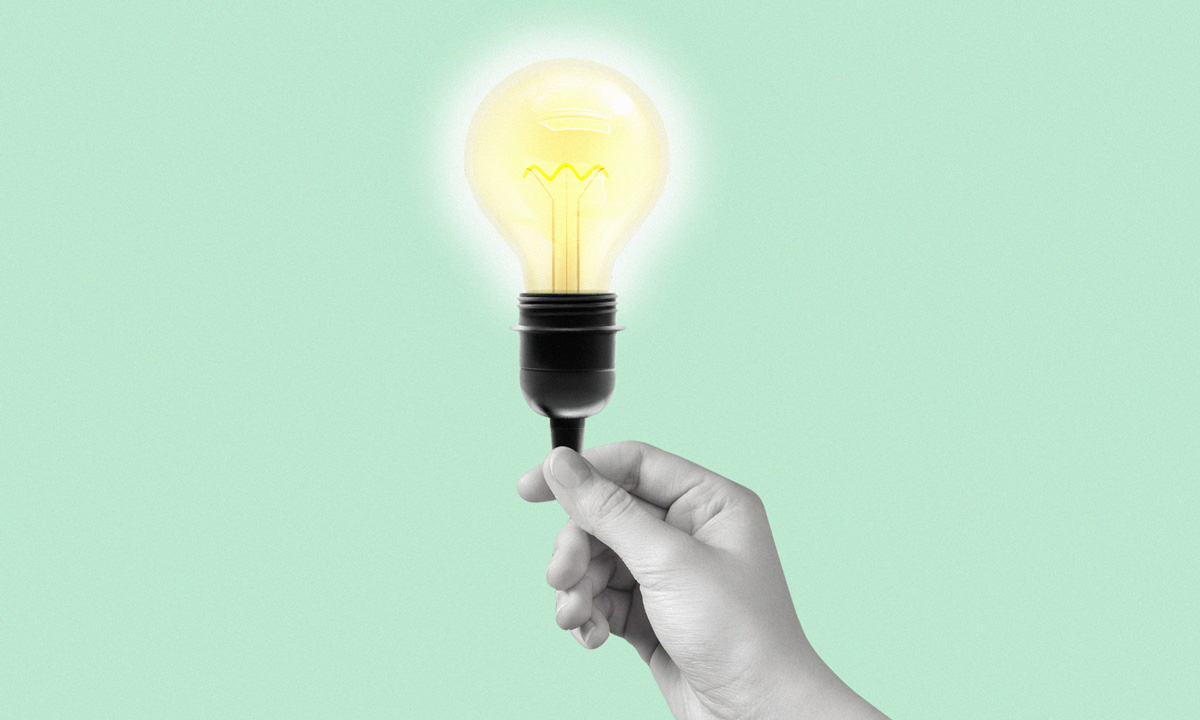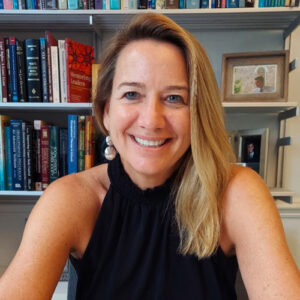Analysis: Flipping the Script on Teaching Neurodivergent Students — and the Implications for All Learners
New York University’s Kristie Patten: What autistic students can teach us about focusing on assets, not deficits.

Get stories like this delivered straight to your inbox. Sign up for The 74 Newsletter
This essay was originally published as part of the Center on Reinventing Public Education’s 2023 “State of the American Student” report. As part of the effort, CRPE asked 14 experts from various sectors to offer up examples of innovations, solutions or possible paths forward as education leaders navigate the current crisis. (See all the perspectives)
Countless words have been written about the tragedy of COVID-19: the millions of lives lost, the steep declines in student learning, the trauma of extended isolation, and much more. All true.
But equally true is that the pandemic had at least one silver lining. If nothing else, it taught us that long-intractable institutions—like universities and public school systems—can change. Immediately, if necessary.
For years, advocates have been begging institutions to do things differently. The invariable response: “We can’t. It’s too hard. Be patient. Give us time.” Then came COVID-19, and within 24 hours, everything changed. For example, online learning and work, long deemed challenging, became ubiquitous.
The secret was out. Even the most tradition-bound institutions could change when they had to. Let’s make sure to take advantage of the best of these emergency measures and make them the new normal. It is a choice.
From a deficit model to an asset model
Consider my institution, New York University. By listening to the disability community, we are working to change how we educate autistic and other neurodivergent students. We are trying to move from a deficit model to an asset-based model that is neurodiversity-affirming. We have a new Office of Disability Inclusive Culture that now works closely with our Moses Center for Student Accessibility, which provides accommodations and works to provide equal access to learning for students. The office is charged with looking beyond medical- or accommodations-based models toward faculty development, pedagogy, and organizational culture.
“Disability-inclusive culture” means that the work is community work. How do we impact and shift the attitudes of faculty, staff, and students? Instead of organizing our work around what students cannot do, we are working closely with staff and student self-advocates to show what students can do if we design universally for access and reduce stigma. We are collaborating so that our neurodivergent students can use their strengths and abilities on a path to future employment.
No one builds lives on their remediated weaknesses. We build our lives based on passions and strengths. Our job as educators is to make those journeys as joyous and productive as possible.
The old, and often still current, approach assumed autistic students needed to be “fixed.” Students registered with offices of disability services for accommodations deemed reasonable. Often these accommodations were implemented universally during the pandemic. Lectures were taped or recorded for all. Students had to have these reasonable accommodations to succeed in the classroom, but that was the minimum.
Looking ahead, how can universities go beyond the minimum to make access universal? How can they see students for who they are, work with them to identify their strengths, and use those as the foundation for continued learning? What if universities adopted a posture that said, “You don’t have to change. This is who you are. You are more than enough. How can we best support what you need to continue growing?”
A systemic approach
To that end, a group of NYU students, faculty, and staff from units across the university—from IT to instruction to campus safety—is meeting to systematically solve problems facing students, faculty, and staff. A starting place is making physical spaces more accessible, so our libraries now have sensory rooms that ensure quiet environments for studying. We are intentionally focusing on inclusive pedagogy and, in my former role as vice dean of academic affairs at NYU Steinhardt, have added mini-sessions at each monthly schoolwide meeting to reach as many faculty as possible.
I teach a course on inclusion and access for undergraduates that gives students the option to attend in person, online, or fully asynchronously. Many neurodiverse students preferred learning online during the pandemic; we must respect that, even if hybrid teaching is much more challenging for educators. It won’t be easy to figure out how to increase access, but the pandemic has taught us that it is possible. I can’t very well teach my radical inclusion and disability justice course and insist that all my students show up in person.
In addition to having multiple means to engage with the material, students in this course have myriad ways to show what they know, including written assignments, oral presentations or works, artistic and musical expression, and multimedia demonstrations. These universally designed assignments capitalize on students’ strengths and interests.
Small steps can make an impact
Many faculty members are thinking about access and their own teaching and policies. Even the simplest fixes can have a major impact. For instance, faculty wonder why few students show up when we post a notice: “Office hours, 9-10 a.m., Mondays and Thursdays.” Not surprisingly, many students would ask, “What’s an office hour? Am I in trouble?” Now, I’m careful to reframe the offer: “I care about you. I want to understand you better. What issues is this class bringing up for you?
Please come see me. I’m in my office from 9:00-10:00 every Monday and Thursday. Or set up an appointment online.” I use this language in my syllabus, the contract I have with students. I also start each class by letting students know they can move and do what they need to do to regulate their own attention.
We are taking advantage of more autistic peer-to-peer mentoring and support, which research finds is more valid and valuable (Buckley, Pellicano, and Remington 2021; Crompton et al., 2023). This includes a new NSF-funded project where I serve as co-principal investigator, through which several of our autistic college students at NYU are mentoring their autistic high school peers on STEM interests and pathways to college. This project just started, but already our autistic university mentors are enjoying being in leadership positions. They are using their strengths and abilities to guide their autistic peers and have indicated how they would have benefited from this type of mentorship as they struggled in the transition to college.
All of this work at NYU began a few years before COVID-19. But it gained momentum in the past few years and will continue to evolve. There is much work to do as universities think about access as well as student development. What it takes is the willingness to center the voice and expertise of students. Advocates can partner with institutions to identify innovative solutions and should be in more leadership positions to impact the change that needs to happen. But we must listen—students are the real experts in their own learning.
And universities must be bold. If COVID-19 taught higher education anything, it’s that we must be willing to take risks and do what was once considered unthinkable. The payoff is worth it: students will thrive and flourish as institutions make these changes.
See more from the Center on Reinventing Public Education and its 2023 “State of the American Student” report.
Get stories like these delivered straight to your inbox. Sign up for The 74 Newsletter

;)
